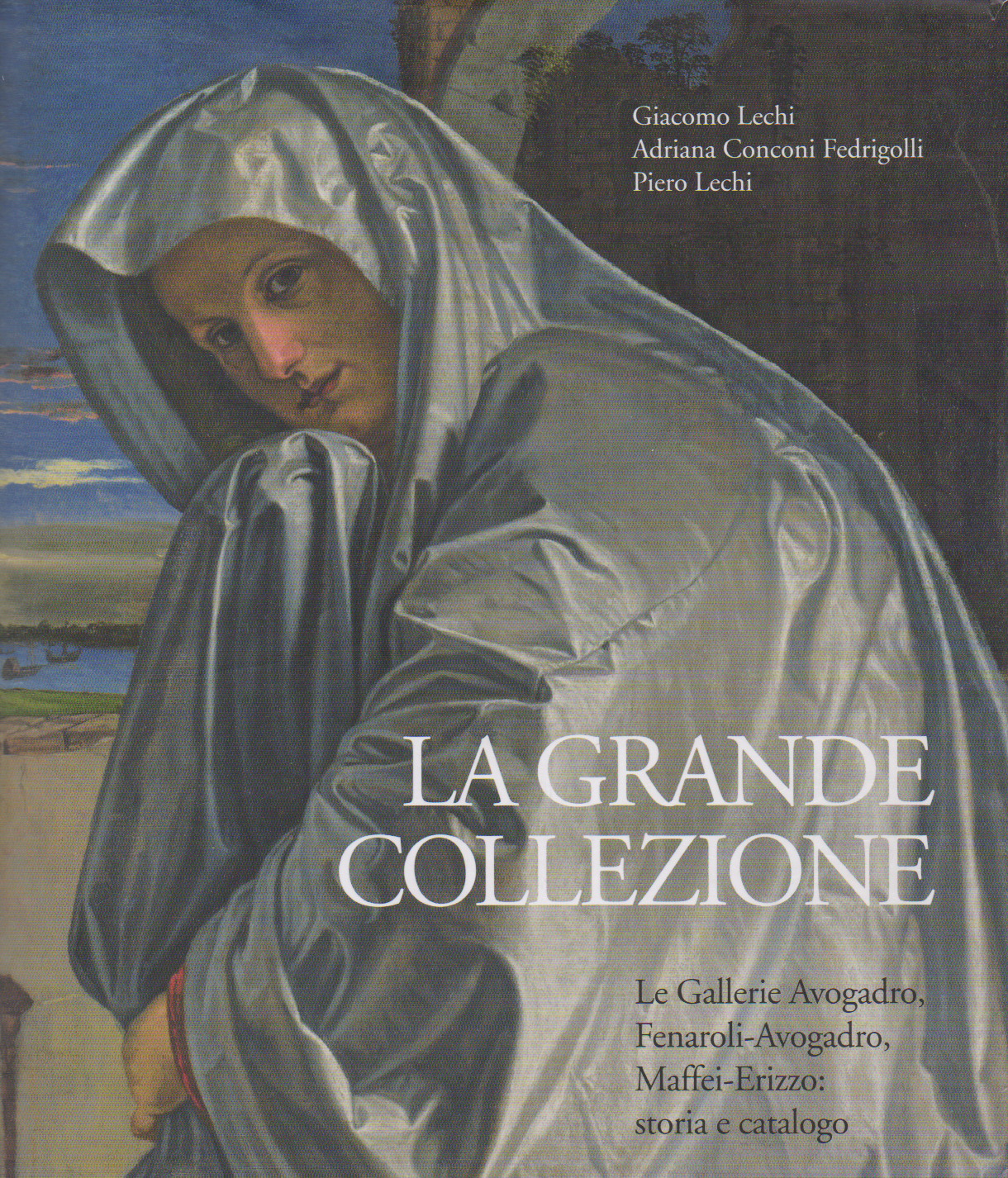
The Grand Collection
Auctioning off the Fenaroli fortune,

The Grand Collection
Auctioning off the Fenaroli fortune,
1. Count Girolamo Fenaroli, His life and times.
2. The Origins of the vast collection of Masterpieces.
3. The Auction (1882) and Notes on some of the Works of Art.
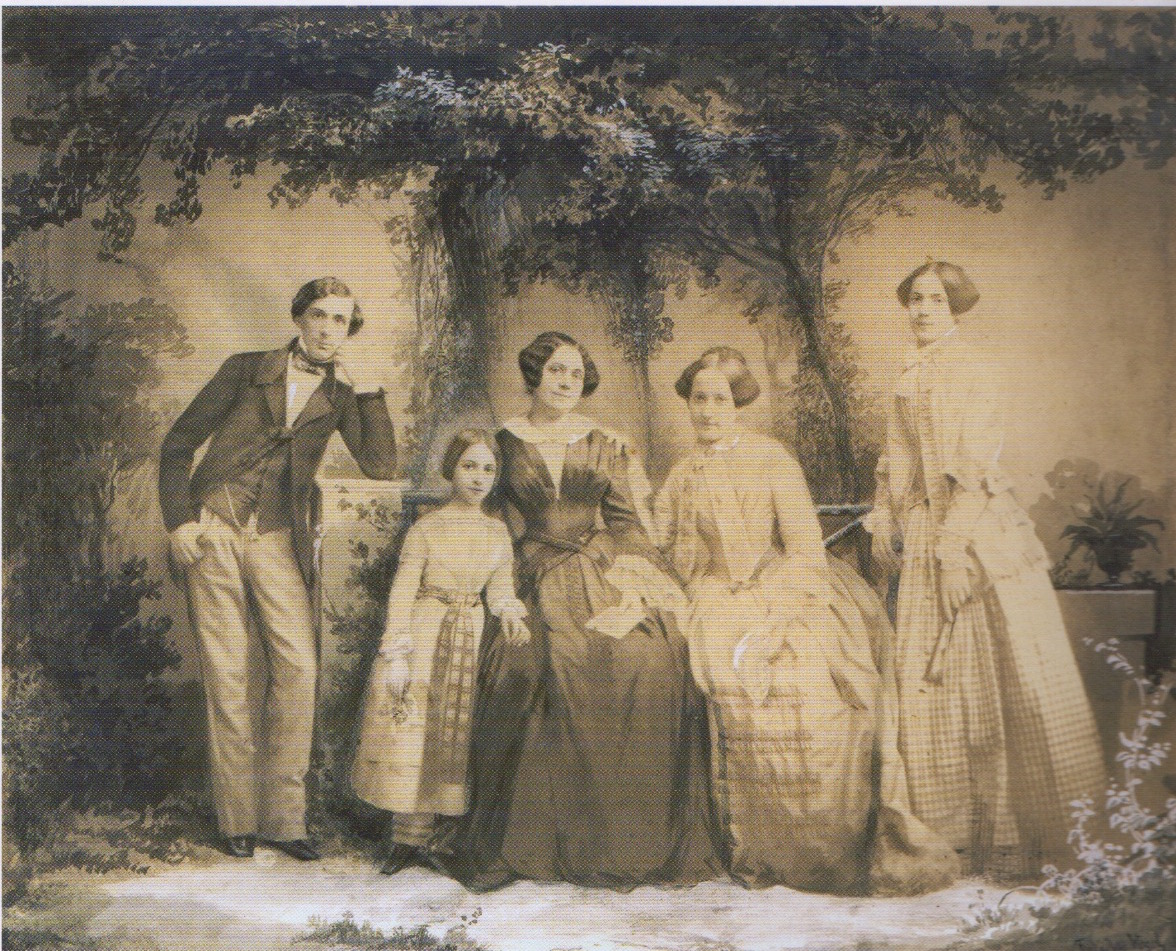
1. Count Girolamo Fenaroli, His life and times.
Count Gerolamo had an affair with Tedolinda Franchi of Milano, which resulted in the birth of Alfredo in 1863. The church of Santa Maria alla Porta in Milano, responding to the petition of Gerolamo, granted Alfredo full recognition and legitimacy as an offspring and therefore heir of Count Gerolamo. In 1870 Count Gerolamo married Countess Paola Armani, widow of General Lagorio. The marriage produced a son, Guglielmo, who died in 1879.
Count Gerolamo fought with the Piedmontese army in 1848 for Italian independence. Subsequently he was appointed Colonel and Commander of the National Guard of Brescia. In 1859 Count Gerolamo was visited at his Palace in Brescia, by Napoleon III. Count Guiseppi Fenaroli , Great Uncle of Count Gerolamo, had close ties with Emperor Napoleone Boanaparte. It was Napoleone Bonaparte who nominated Gerolamo's great uncle to be one of four Grand Dignitaries, (ministers?), of the Kingdom of Italy, (1805-1814).
Following the death of the father of Count Gerolamo, Count Bartolomeo, in 1869, Gerolamo as the only male heir inherited the bulk of the enormous combined Fenaroli Avagadro Maffei Enzio fortune. This included the extensive collection of art the four families acquired and protected over several centuries.
Count Gerolamo was appointed Senator and participated assiduously in parliamentary sessions. He died in Brescia of Typhus May 9, 1880 in the Fenaroli Palace, (now the Bettoni Cazzago Palace).The book describes the illustrious life of Count Gerolamo but does little to shed light on how, by the age of 50, he acquired enormous debts.
At his death he left huge debts accumulated with private and banking financiers. These debts amounted to 1,580,860 Lire. It is most difficult to understand the enormity of the debt when using todays understanding of the Italian Lire. I found the best way to get an appreciation of this number of Lire, is to look at the inventory of the works of Art to be auctioned off. This inventory was expected to yield 399,000 Lire, or would cover about 25% of the debt. As you will see the paintings and sculptures to be auctioned are , in todays terms, priceless, certainly worth many millions of dollars. Despite the sale of all the Masterpieces, three palaces, extensive lands, the entire library of books, linens, dinnerware, livestock, etc, it is not clear to me the debt was fully satisfied. The book does not tell us the source of the debt. Certainly Count Gerolamo achieved many honors and was a well respected aristocratic leader of his city and nation. He was an important leader in the unification of Italy movement and was known to support the movement with money and military forces. Was There a dark side? There are innuendoes. Until I have facts I must leave it lie.
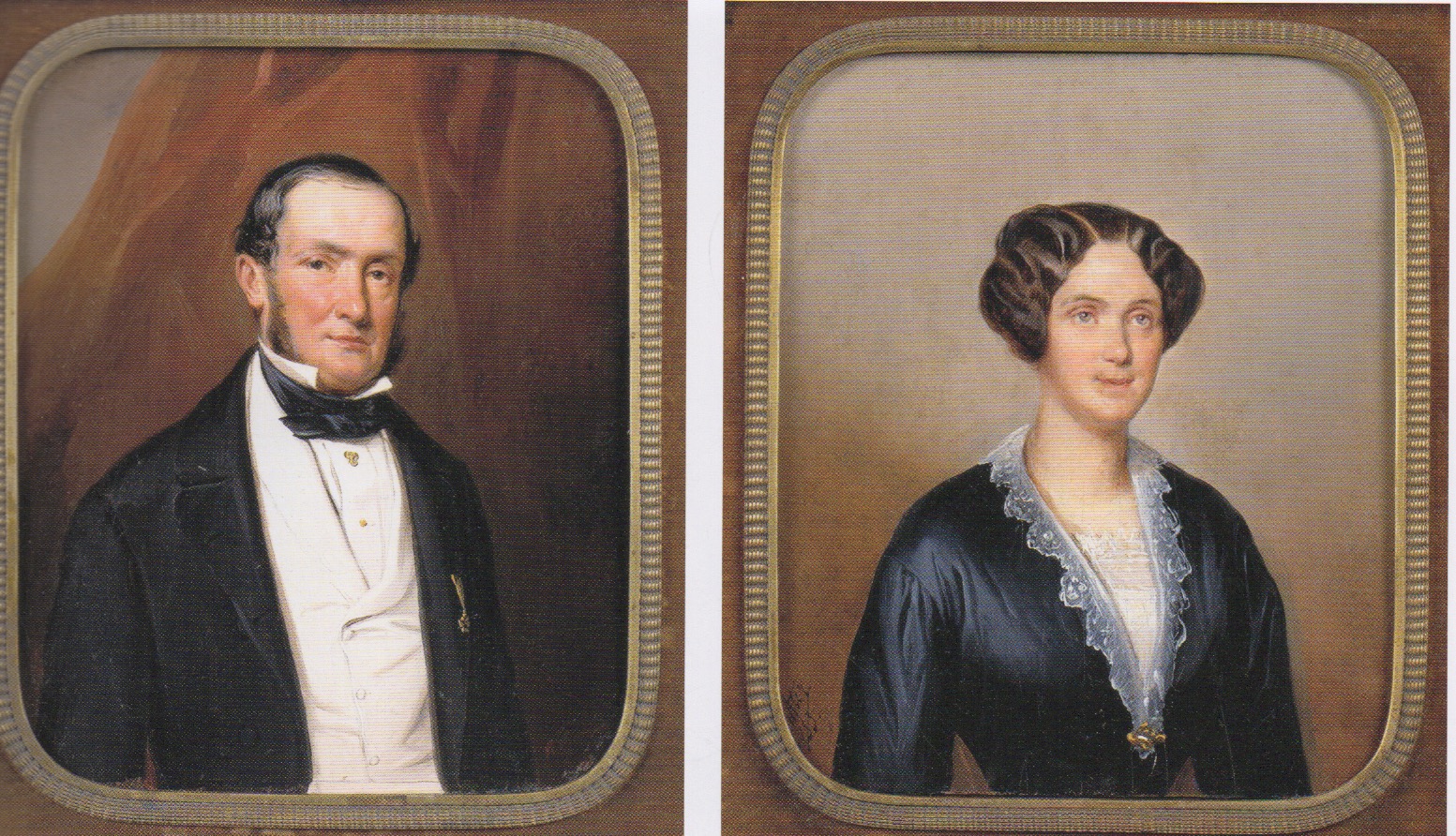
2. The Origins of the vast collection of Masterpieces.
The book, in some detail, documents how each of the families acquired and protected the Masterpieces. It is interesting to note, the Fenaroli Avogadro branch of the family augmented their wealth and power by fortunate marriages.
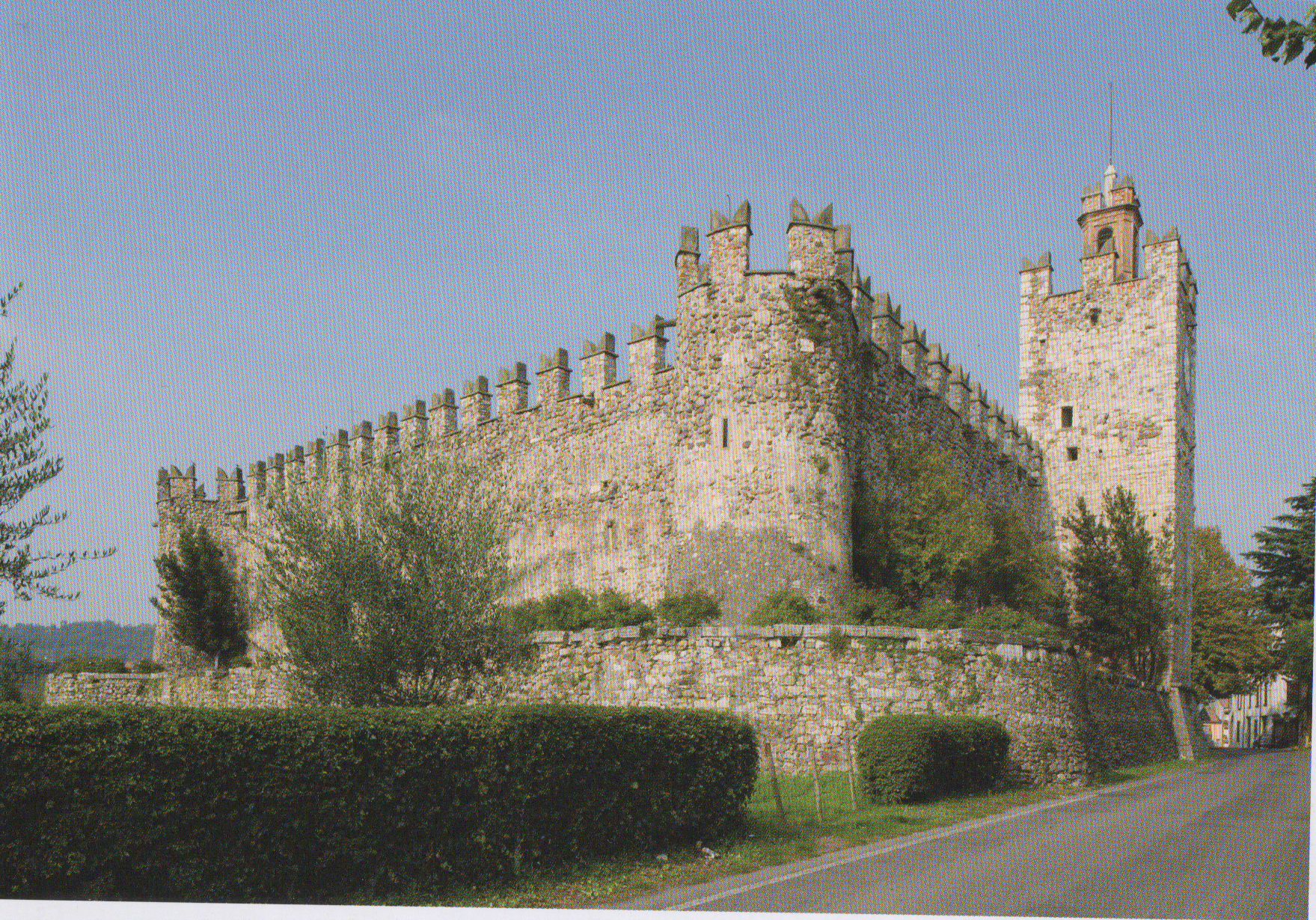
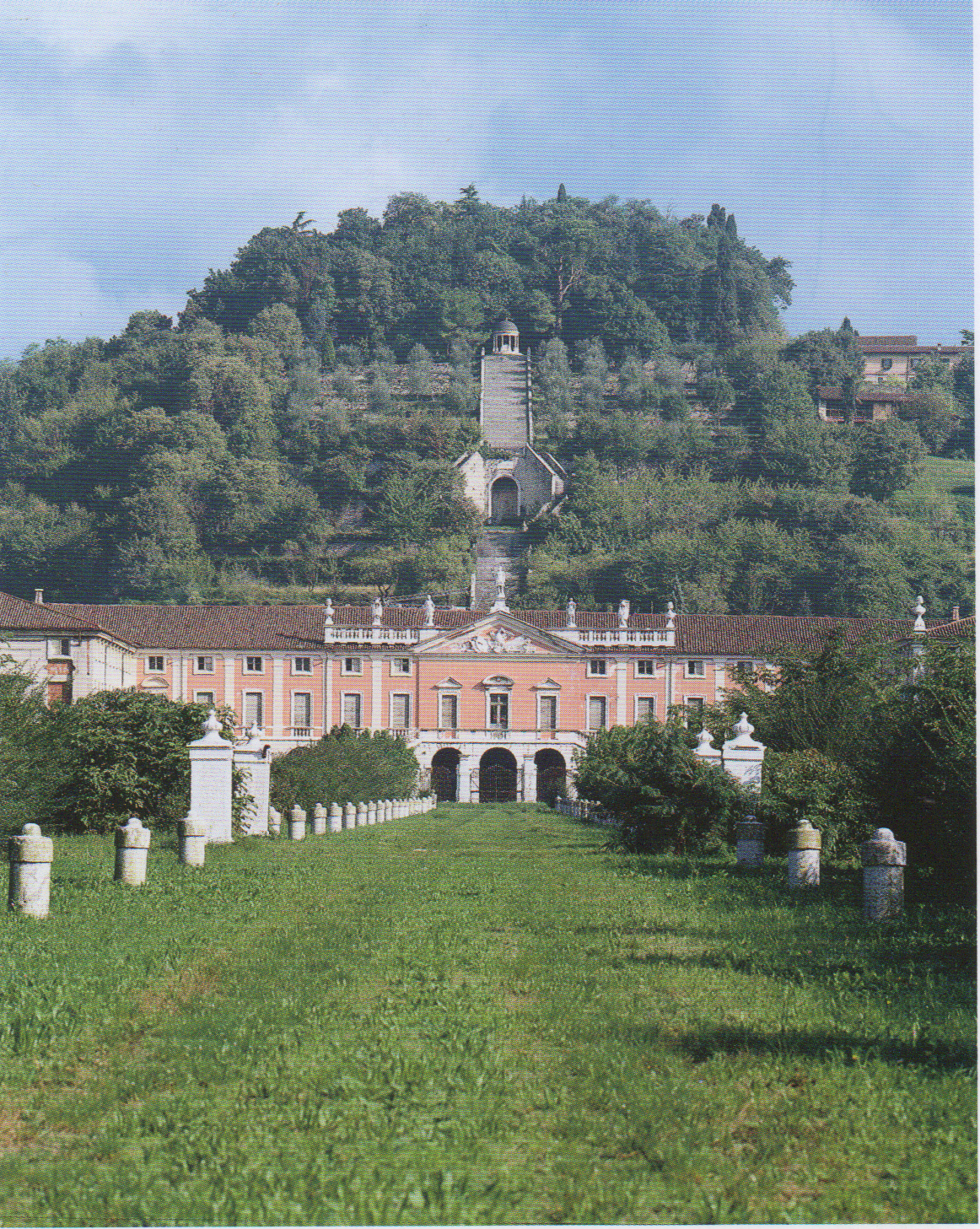

As previously stated, in order to satisfy the enormous obligations of Count Gerolamo the family had to sell off all their assets. The three palaces above, Fenaroli palaces, had to be liquidated along with the furnishings, dinnerware, linens,a vast library, lands, etc. The entire collection of Masterpieces, paintings and sculptures, collected by the four families over the past two centuries had to be auctioned off.
After a year of preparation and advertising, the auction opened April 20, 1882 at Fenaroli Avogadro Palace in Brecia.It was and probably still is one if the most important sale of private Art Works ever. The over 900 paintings included: more than 30 works by Moretto, Moroni and paintings by Romanino, Savoldo, Rubens, Van Dyck, Canaletto, Tintoretto, Veronese, Guido Reni, Bassano, Palma the Young and the Old, Duranti, Hayez, Thorvaldsen, twenty two paintings by Giacomo Ceruti.
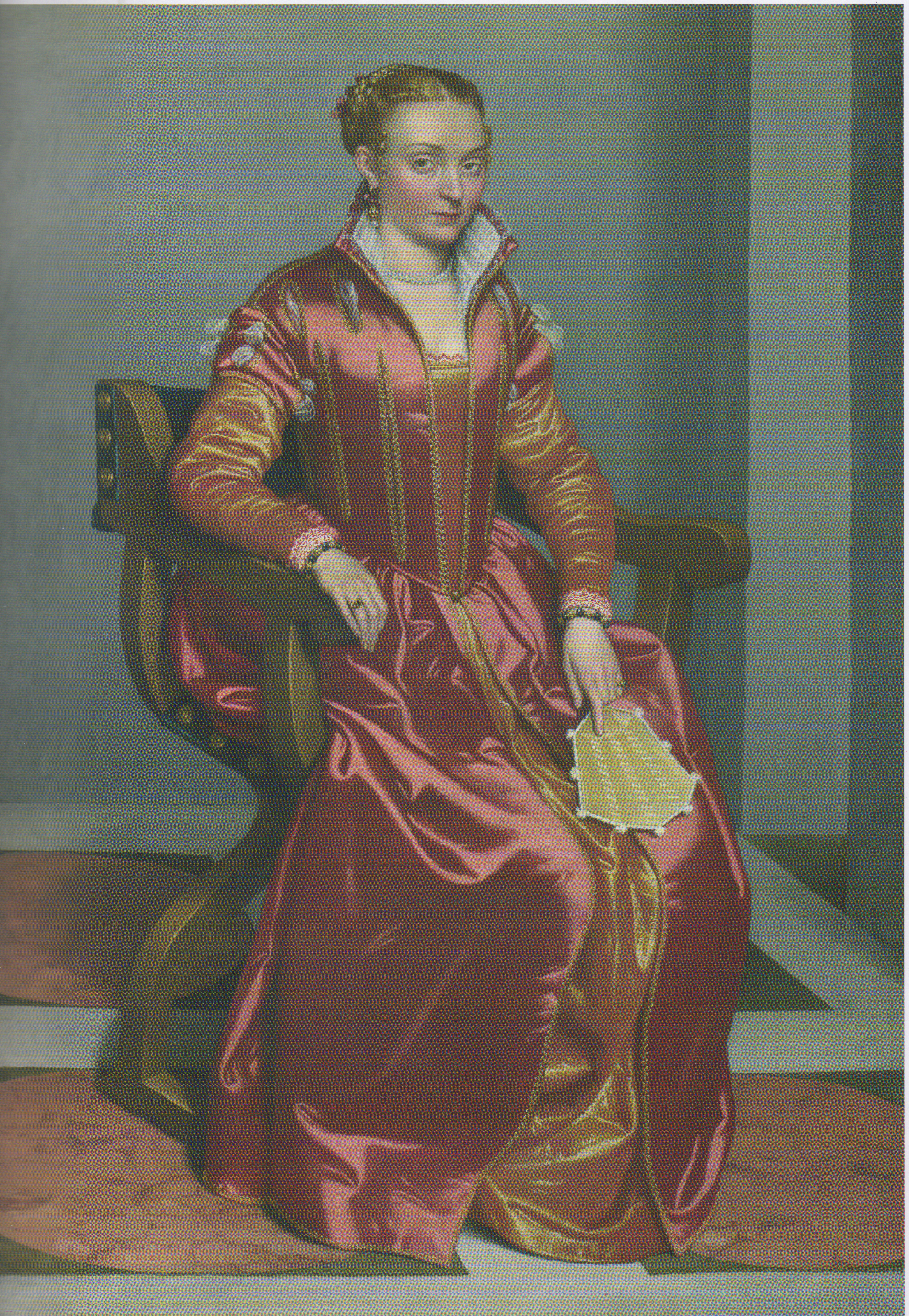
The Lady in Red
Above is an example of a Masterpieces sold at the auction. It is a portrait of Countess Lucia Avogadro Albani, painted by Moroni between 1550 and 1560. It was purchased at the auction by The London National Gallery and hangs there today.

Saint Mary Magdalene at the Sepulcher

The Capture of Ventura Fenaroli

Innocenza-Flora
.
.
.
.
.
Return to the previous panel by clicking the BACK button
or move on by selecting a new section from the left side.
Bon Voyage...........